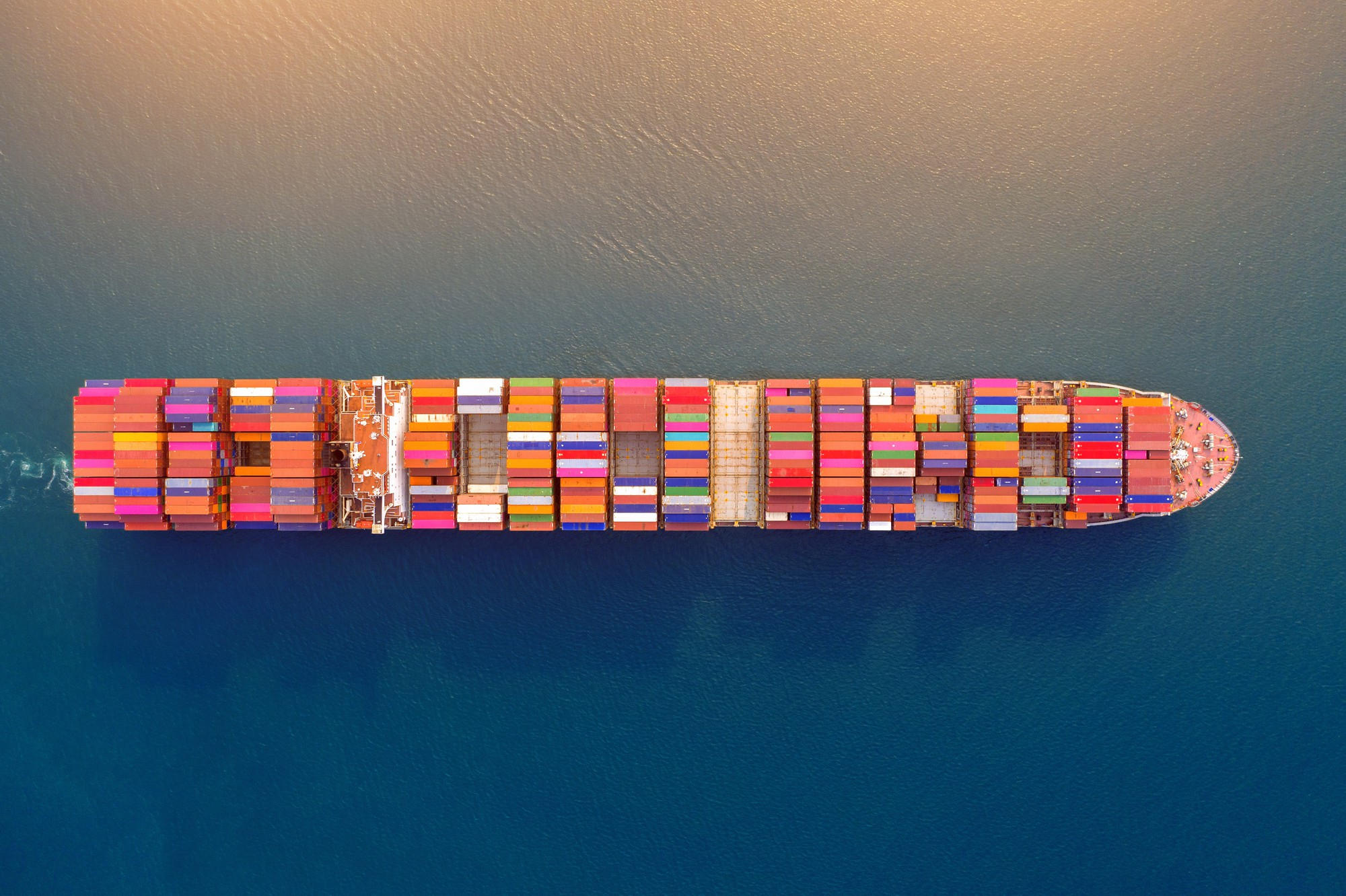
When the UK Electronic Trade Documents Act came into force on 20 September 2023, electronic bills of lading moved a step close to being a practical alternative to traditional paper bills of lading.
The Act updates the UK’s legal framework so that digital documentation is effectively on the same legal footing as original paper versions. This matters because English law applies to 80% of international bills of lading. It promises to bring greater efficiency and transparency to global trading.
MLETR
The UNCITRAL Model Law on Electronic Transferable Records (MLETR) is a similar legal framework. Developed by the United Nations Commission on International Trade Law (UNCITRAL), it seeks to facilitate the use of electronic transferable records (ETRs) as a way of streamlining trade finance for example. France, the UK, Singapore, and the UAE are all signatories.
Practical steps to prepare for electronic bills of lading
So in practical terms, what does a UK exporter of secondary raw materials such as waste paper OCC, scrap metals and waste plastics need to do to get ready for using electronic bills of lading? Well, let’s assume you’re still running your back-office off a combination of Excel spreadsheets, standard office software and thousands of disorganised email threads.
Step 1 – Get a single source of truth database
A sensible first step is to digitalise your back office with modern CTRM software that puts all your data in one place where it can be updated and synchronised with a single click. Basically, start to get everyone reading off the same digital page. If the software can generate electronic documentation using accurate and up-to-date information from your single source of truth, then you’re nearly set up.
Again, it’s highly recommended to avoid software that doesn’t have a single source of truth. Otherwise costly errors will creep into your documentation and your shipments will be exposed to unnecessary risks. Our own research has shown that many traders of waste paper consider claims and penalties caused by contract errors to be an unavoidable cost of doing business. It’s not!
Step 2 – Get an API
An application programming interface (API) is a fairly common technology that allows applications to talk to each other. This will enable your system to exchange real-time data with your shipping line or freight forwarder, correct errors on screen, and connect to the secure blockchain infrastructure that underpins EBOLS.
You need software that is API enabled.
Step 3 – Reach out to EBOL-enabled partners
Shipping lines have already partnered with tech innovators such as Bolero.net to manage EBOLS. There are others out there already – and there will be many more.
So go ahead and ask them about their electronic bills of lading service.
Step 4 – Is your destination country EBOL-friendly?
Indian banks have begun to accept eB/Ls, and other global financial institutions are following suit. But take care and check with your agent on the ground – and stay updated on the waste management rules and legislation in your destination countries.




